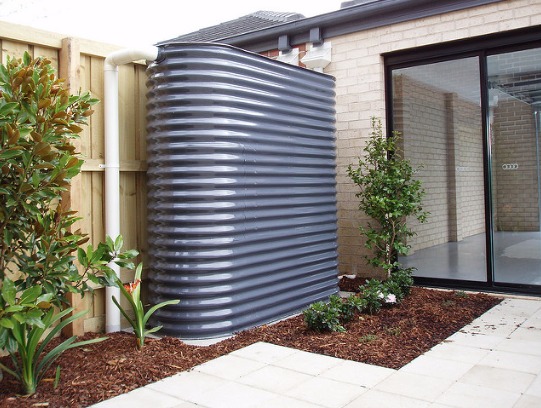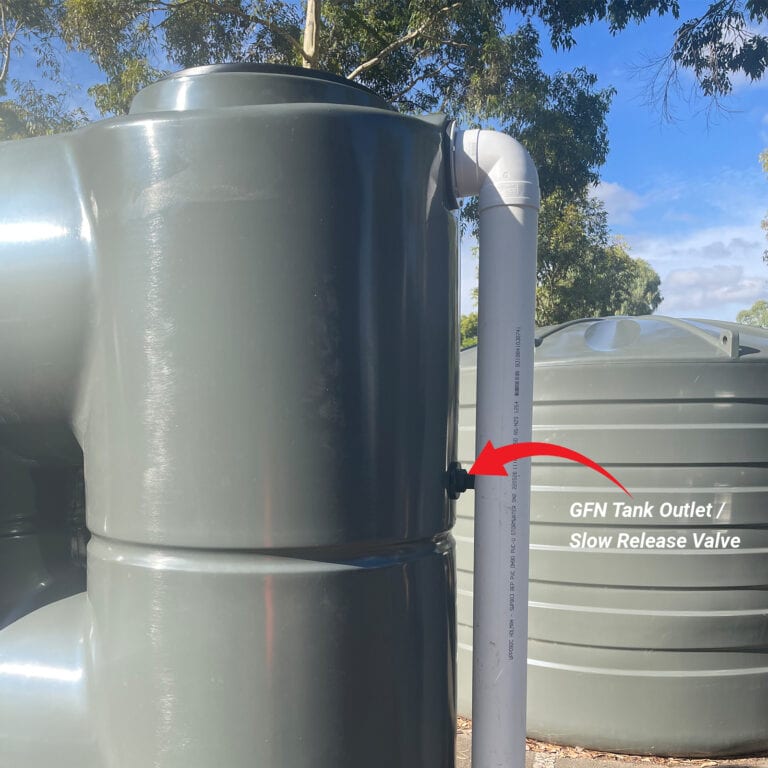Recognizing the Relevance of Rain Tanks in Drought-Prone Regions for Water Security
In areas at risk to extended dry spells, the role of rainwater storage tanks in boosting water protection is a subject of growing importance. As areas come to grips with the obstacles of water scarcity, understanding the relevance of these containers exceeds plain collection of rainwater. Rainwater tanks function as an important device in mitigating the impact of water shortages by giving a sustainable resource of water for numerous requirements. The real value of rainwater tanks extends much beyond plain storage space; it incorporates resilience-building measures and the promotion of long-lasting water preservation methods. This diverse technique to water safety warrants a closer assessment of the function rain tanks play in making sure a dependable supply of water during times of dry spell.
Benefits of Rainwater Storage Tanks
Utilizing rain storage tanks provides a lasting remedy for boosting water system and enhancing water safety in domestic and business setups. Among the main advantages of rain storage tanks is their capability to decrease reliance on keys water system. By recording and saving rain that drops on rooftops, this different source can be utilized for various non-potable functions such as irrigation, flushing commodes, and cleaning clothing. This not just saves cured alcohol consumption water yet also reduces water expenses for customers.

Rainwater Harvesting Methods
Rain collecting techniques include a series of techniques made to successfully accumulate and store rain for various purposes, adding to water preservation and sustainability. One usual strategy is the installation of roof catchment systems, where rainwater is accumulated from the roofing system of a building and routed to a storage tank. This technique is relatively simple and cost-efficient. Another prominent method is making use of above-ground or underground tank to store rainwater for later use. These containers are available in numerous dimensions and materials to suit various requirements and can be attached to the existing plumbing system for easy access.

Additionally, rainfall gardens and absorptive pavements are ingenious techniques that include landscape design or paving surface areas in such a way that allows rainwater to percolate into the ground, renewing groundwater gets. Furthermore, shape farming and terracing are farming practices that help catch rainwater and protect against soil disintegration in uneven surface. By carrying out these varied rainwater harvesting strategies, communities can boost water safety and security and resilience in drought-prone areas while advertising lasting water administration practices.
Importance of Water Safety
Guaranteeing reputable access to clean and look at these guys enough water resources is vital for maintaining human health, financial development, and ecological health. Water safety and security is a critical facet of societal durability, particularly in areas at risk to dry spells and water deficiency. Adequate water security encompasses different dimensions, including schedule, quality, and ease of access of water for domestic, agricultural, industrial, and environmental needs.
Water protection plays a critical duty in advertising public wellness by lowering the frequency of waterborne conditions and making certain sanitation facilities. Financially, water security is vital for agricultural performance, industrial procedures, and overall look what i found financial growth. Slimline water tanks. Moreover, water safety is very closely connected to ecological sustainability, as it sustains communities, biodiversity, and total ecological balance.
In drought-prone areas, water protection comes to be much more important due to the heightened danger of water scarcities. Carrying out strategies like rain harvesting, water recycling, and effective water management techniques can significantly improve water security in these locations. By prioritizing water security, communities can much better endure the influences of climate adjustment, populace growth, and other difficulties that intimidate water schedule.
Enhancing Water Strength
With raising global water obstacles, constructing strength in water supply has become an essential focus for lasting development initiatives. Enhancing water durability includes implementing methods to make certain water schedule and high quality despite transforming environmental conditions, such as dry spells, floods, and contamination.
One secret facet of improving water strength is promoting making use of rainwater containers in drought-prone regions - Slimline water tanks. Rain storage tanks serve as an efficient ways of capturing and saving rainwater for later usage, reducing reliance on scarce freshwater resources throughout completely dry periods. By integrating rain harvesting systems into water administration strategies, communities can improve their ability to withstand water scarcity and preserve water security

Sustainable Water Conservation
In the middle of escalating water challenges, the prudent management of water sources with lasting preservation techniques is imperative for making sure lasting environmental stability and societal wellness. Sustainable water preservation entails the efficient use water sources to meet existing needs without jeopardizing the capacity of future generations to meet their own needs. By implementing approaches such as rainwater harvesting, greywater recycling, and water-efficient modern technologies, areas can lower water waste and relieve pressure on freshwater resources.
Furthermore, sustainable water preservation practices contribute to ecosystem health and wellness by keeping adequate water degrees in rivers, lakes, and marshes, sustaining biodiversity, and protecting all-natural environments. These methods also play an essential role in minimizing the effects of climate change by helping to adapt to altering rainfall patterns and water schedule.

Final Thought
Finally, rain tanks play a crucial duty in boosting water protection and durability in drought-prone regions. By using rain harvesting techniques, areas can minimize their dependence on standard water sources and promote sustainable water preservation methods. This not only assists alleviate the influences of water shortage during droughts yet likewise adds to long-lasting water protection and durability despite environment modification challenges.